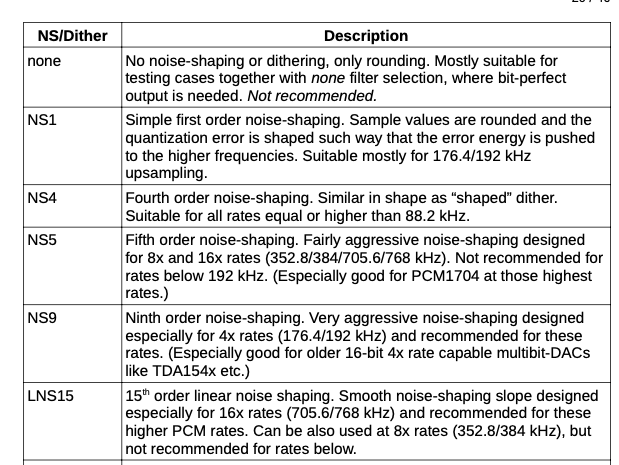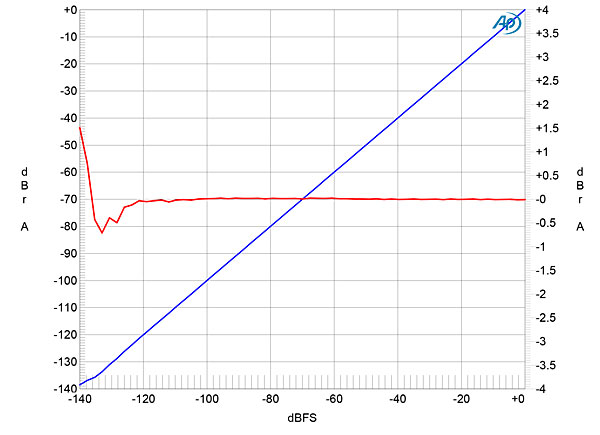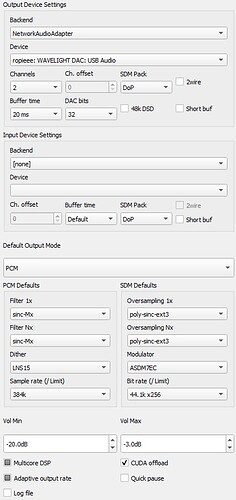I agree sinc-M sounds great, but what does the x mean in sinc-Mx?
Check out what’s written in the latest manual about it
How do you get to the manual? The one thru Roon is just set up guide.
Is it just multichannel designation?
Not through Roon.
Every release installation comes with the manual.
Depends whether you are macOS or Windows or Embedded.
For macOS it’s here when you open the .dmg installer:
OK, thanks…
Thank you again.
i think i glanced over some posts saying r2r dacs perform best when fed content at 20 bits? someone correct me if i’m wrong…
so should i change the hqplayer dac bits settings from 32 to 20 bits?
While waiting for @jussi_laako to reply, I vaguely recall him writing somewhere to set to 18 or 20 bits if you don’t have R2R DAC measurements and listening to which sounds best but I’m probably wrong and he’ll correct me.
thanks man. its a Rockna Wavelight.
While waiting for Jussi, try 18 vs 20 bits and compare NS5 vs LNS15 for dither/noise shaper (for PCM384kHz) and report back what sounds best

R2R DACs very likely have at most 20 bits of linear region. And then of course there are R2R DAC chips that only have 16, 18 or 20 bits in first place. If your DAC can accept 352.8/384k then you can safely underestimate the linear region when using noise shaper. This provides better results than overestimating the linear region even by one bit.
I quickly looked and was unable to find any linearity measurements of your dac, however they claim 117db dynamic range, which is 19.5 bits, supporting jussi’s recommendation of ~20 bits. I’d try 19 and 20 and see what sounds better.
They claim to use a “25bit+hybrid” dac, but I have no clue what that means.
Please define the “linear region” and how far from linear is too far.
It is not so much absolute figure, but I usually use something between 0.1 - 0.25 dB in linearity sweep. Usually you can see where linearity begins to go off from a straight line, then round it down to nearest bit.
For example for Holo Audio May (and Spring) you can see it starts to go off at -120 dB:

Corresponding to 20-bit.
You can then further confirm it with measurements using for example -120 dBFS tone with full resolution and then the determined resolution combined with noise shaping to verify that things work as expected. Here example from Holo Spring 2.
24-bit TPDF dithered input:
20-bit NS9 noise shaped input:
What about a Holo May? Jussi answered while I was typing, see just above for the answer. When run at 1536kHz, LNS15?
What would 24 bit NS9 look like?
1.5M is better if possible (with 16-bit it certainly is, even on macOS). For May, 20-bit is fine.
Generally you can safely reduce bits “too much” without adverse effects. Even dropping down to 16-bit still provides same audio-band SNR. But reducing too little means the linearisation effect is lost. So rather send the DAC one bit less than one bit too much.
Here’s 16-bit with NS9:
Pretty much the same as TPDF since the LSBs are lost in the non-linearity.
Does any of this matter if sending DSD256 to the DAC?





